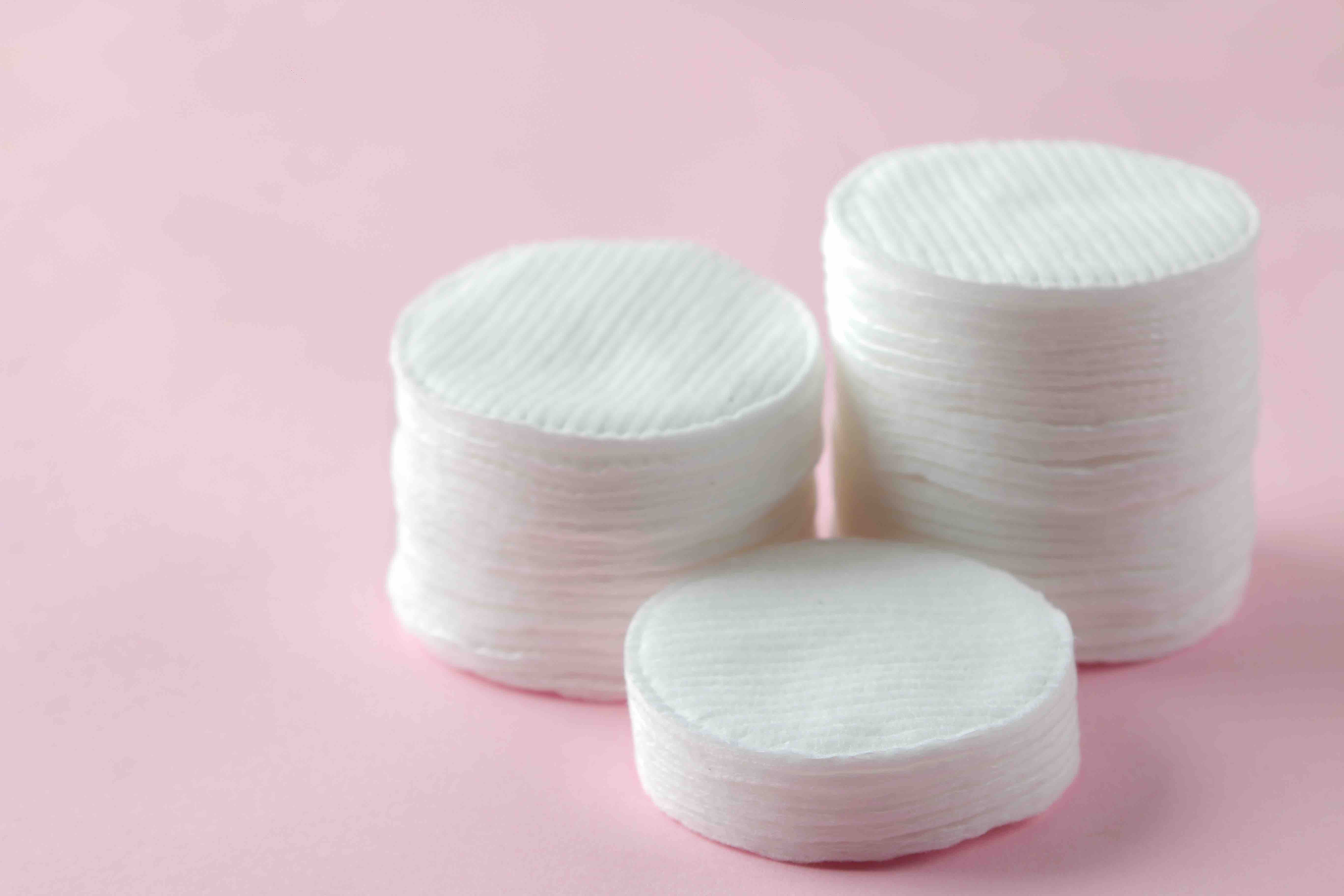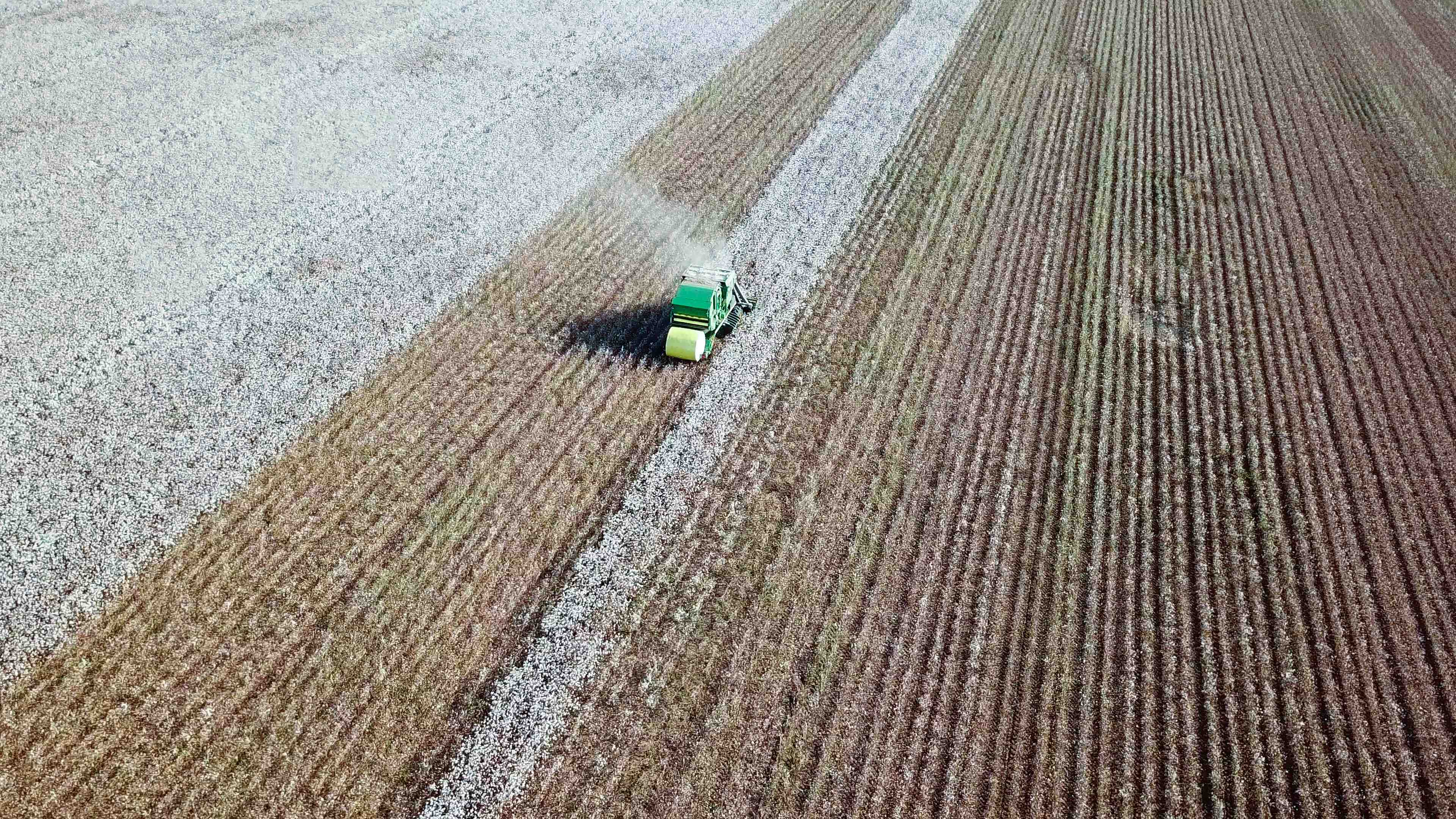
Cotton is a natural fiber known for its softness, breathability, and versatility. It has been used for thousands of years and continues to be a popular choice in various industries. In this article, we will explore 10 interesting facts about cotton, shedding light on its uses, properties, and growth.
Ancient Origins of Cotton
Cotton has a long history dating back to ancient times. The earliest evidence of cotton cultivation and use dates back to around 5,000 BCE in the Indus Valley civilization, present-day Pakistan and India. It was later introduced to other regions, including Egypt and the Americas.
Cotton as a Global Crop
Cotton is grown in different parts of the world, with major cotton-producing countries including China, India, the United States, Pakistan, and Brazil. The ideal conditions for cotton cultivation include a warm climate, abundant sunlight, and well-drained soil.
Versatile Uses of Cotton
Cotton is an incredibly versatile fabric that finds its way into numerous products. It is primarily used in the textile industry to produce clothing, bedding, towels, and various types of fabrics. Additionally, cotton is also used in the production of medical supplies, paper, cosmetics, and even food products like cottonseed oil.

Cotton’s Economic Importance
Cotton is a significant crop with a substantial economic impact. It provides livelihoods for millions of people involved in cotton cultivation, processing, and textile manufacturing. Cotton exports contribute to the economies of many countries, making it a vital industry worldwide.
Softness and Comfort of Cotton
One of the remarkable qualities of cotton is its exceptional softness. The fibers of cotton have a natural structure that gives them a soft and gentle feel against the skin. This attribute, combined with cotton’s breathability, makes it a popular choice for clothing, especially in warm climates.
Cotton’s Absorbency and Moisture Control
Cotton is highly absorbent and can hold up to 27 times its weight in water. This absorbency makes cotton an excellent choice for towels, bathrobes, and other items that come into contact with moisture. It wicks away moisture from the body, keeping the wearer dry and comfortable.
Sustainable and Biodegradable
Cotton is a sustainable and biodegradable material. It is renewable as it comes from plants and can be grown again and again. Cotton fibers also break down naturally over time, reducing their impact on the environment.
Cotton Growth and Harvesting
Cotton plants go through several stages of growth before they are ready for harvesting. From planting the seeds to the emergence of sprouts and the growth of the cotton bolls, the process takes several months. Once the cotton bolls mature, they are harvested, and the fibers are extracted for further processing.

Cotton’s Four Main Properties
Cotton is known for its four main properties, which contribute to its desirability:
- Softness: As mentioned earlier, cotton has a naturally soft and comfortable feel against the skin.
- Breathability: Cotton allows air to flow through the fabric, keeping the body cool and reducing the risk of overheating.
- Absorbency: Cotton fibers can absorb and hold moisture, making them a popular choice for towels, diapers, and other absorbent products.
- Durability: Cotton is a strong and durable fabric that can withstand regular use and washing without losing its quality.
Organic Cotton and Sustainable Farming Practices
In recent years, there has been an increased focus on organic cotton and sustainable farming practices. Organic cotton is grown without the use of synthetic fertilizers or pesticides, making it a more environmentally friendly option. It promotes soil health, biodiversity, and the well-being of farmers.
Final Thoughts
Cotton’s popularity and versatility have made it a staple in our lives. From the clothes we wear to the towels we use, cotton’s natural qualities continue to make it a beloved fabric. Understanding these facts about cotton helps us appreciate its value and the effort that goes into its production.
Frequently Asked Questions
What is cotton used for?
Cotton is used for various purposes, including clothing, bedding, towels, medical supplies, paper, and food products like cottonseed oil.
Why is cotton so soft?
Cotton is soft due to its natural fiber structure, which gives it a smooth and gentle feel against the skin.
Where does cotton grow best?
Cotton grows best in regions with a warm climate, abundant sunlight, and well-drained soil. Major cotton-producing countries include China, India, the United States, Pakistan, and Brazil.
How fast does cotton grow?
Cotton plants go through several months of growth before they are ready for harvesting. The exact time varies depending on the specific variety and environmental conditions.
Was this page helpful?
Our commitment to delivering trustworthy and engaging content is at the heart of what we do. Each fact on our site is contributed by real users like you, bringing a wealth of diverse insights and information. To ensure the highest standards of accuracy and reliability, our dedicated editors meticulously review each submission. This process guarantees that the facts we share are not only fascinating but also credible. Trust in our commitment to quality and authenticity as you explore and learn with us.
